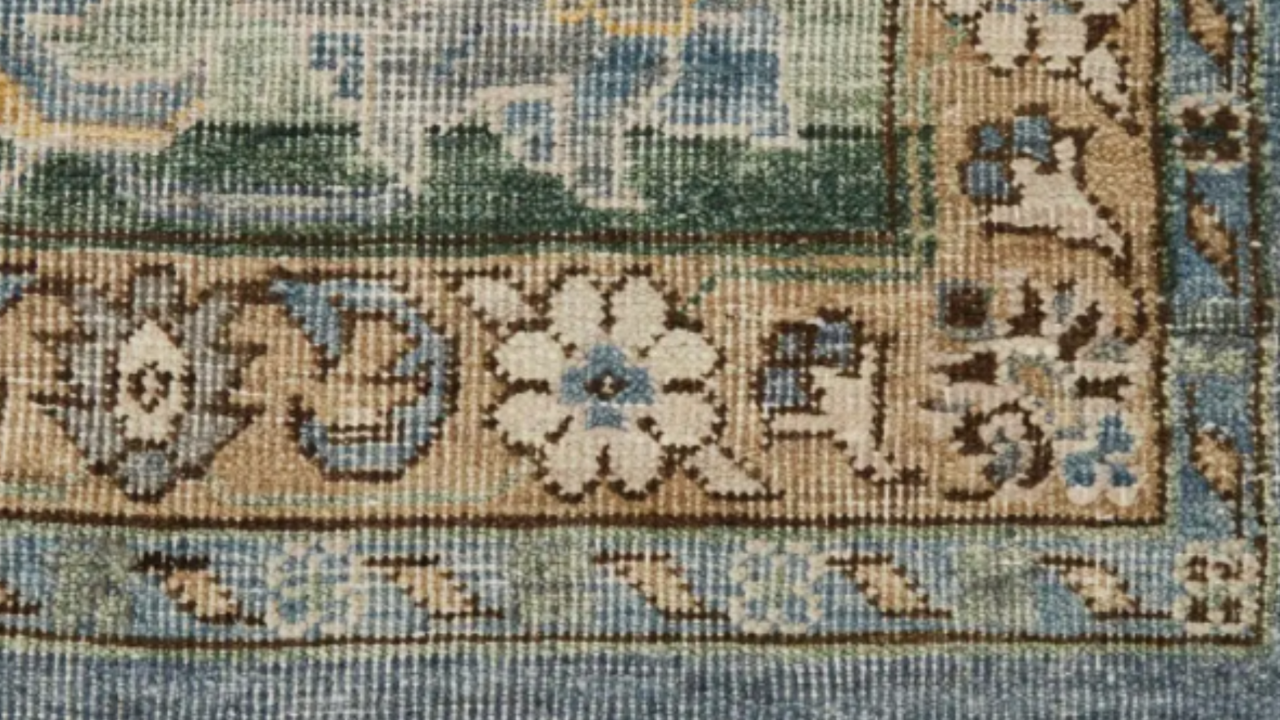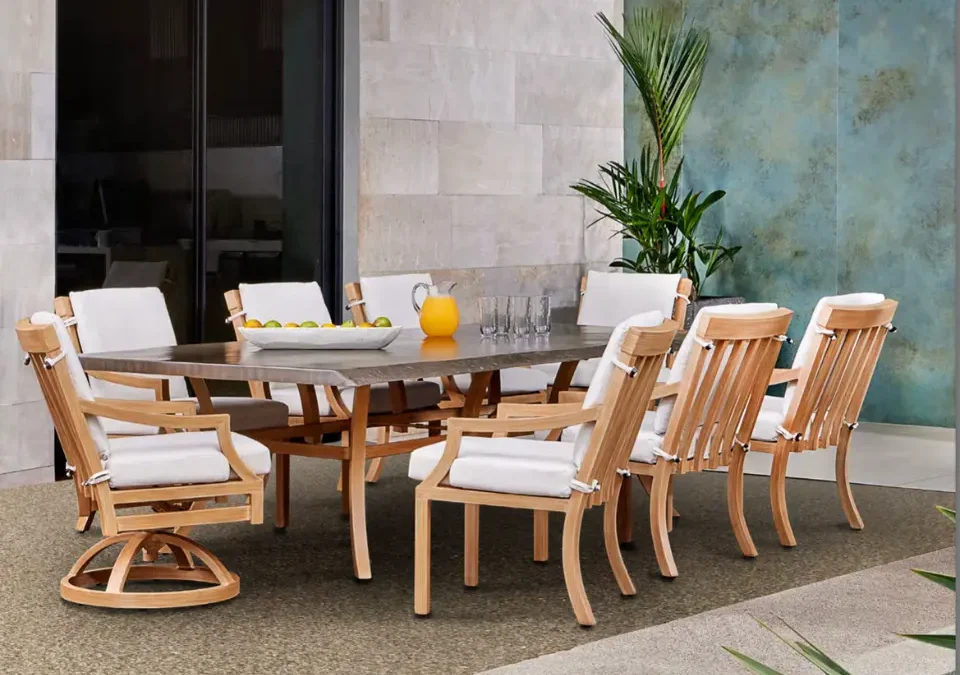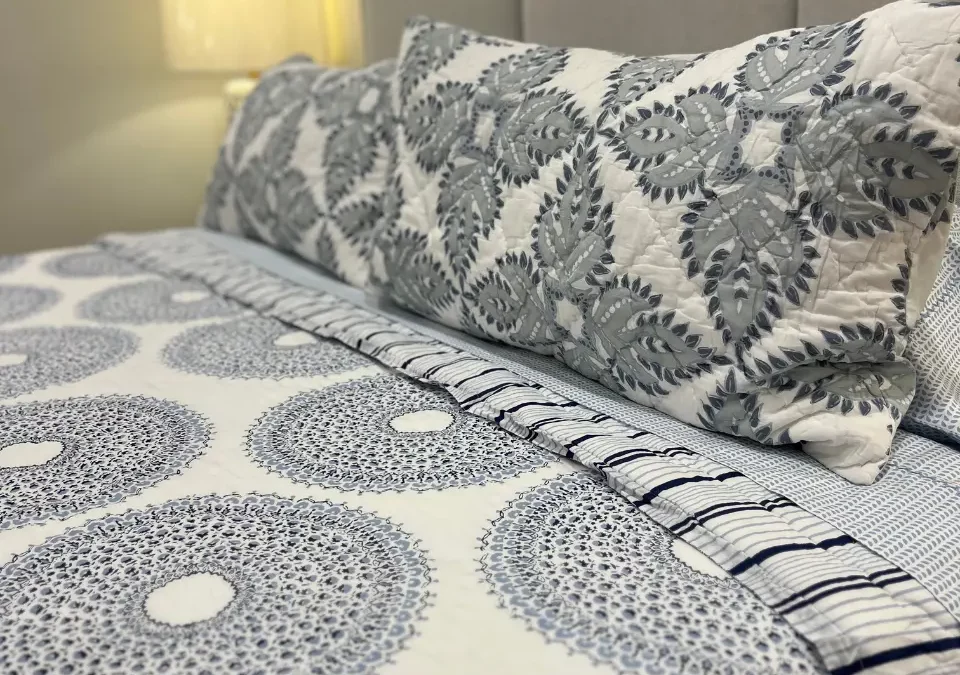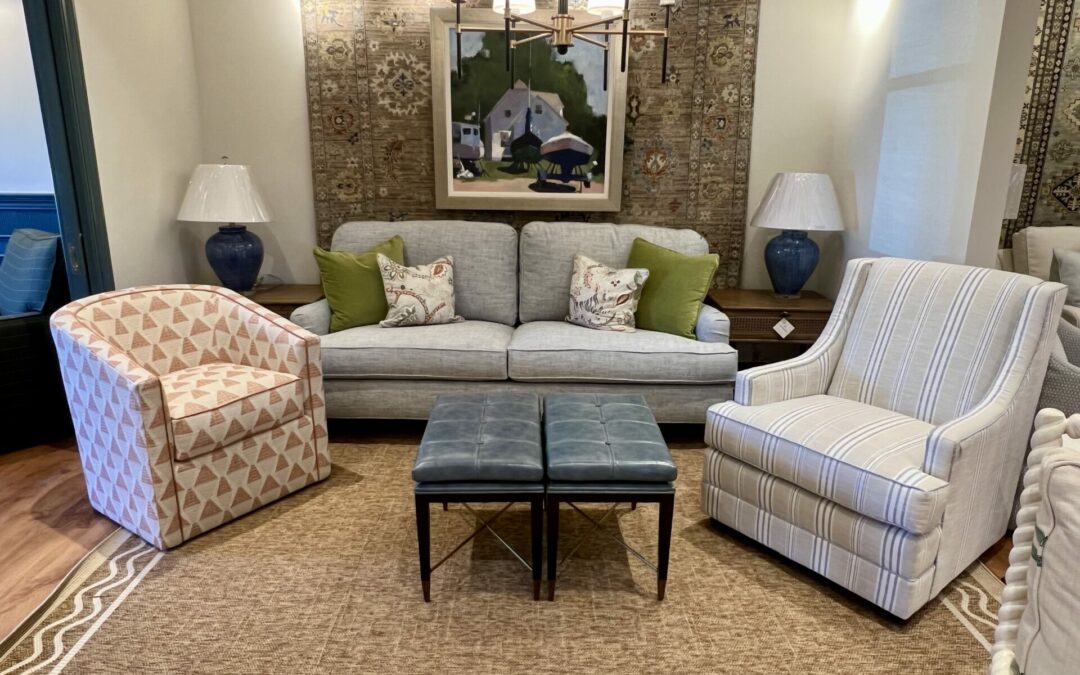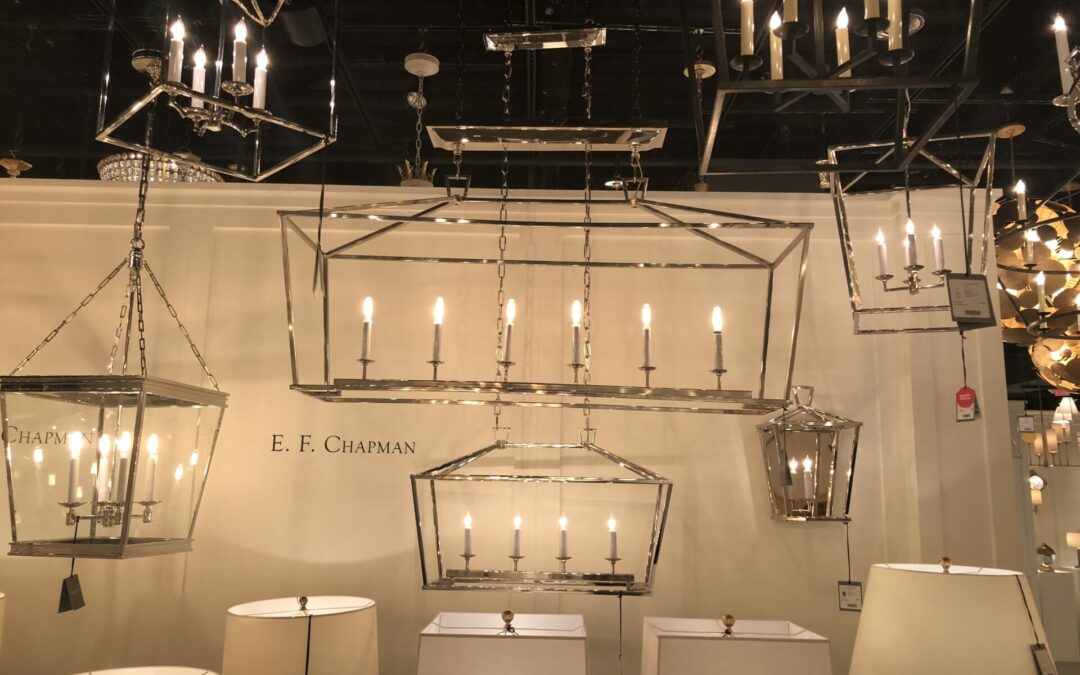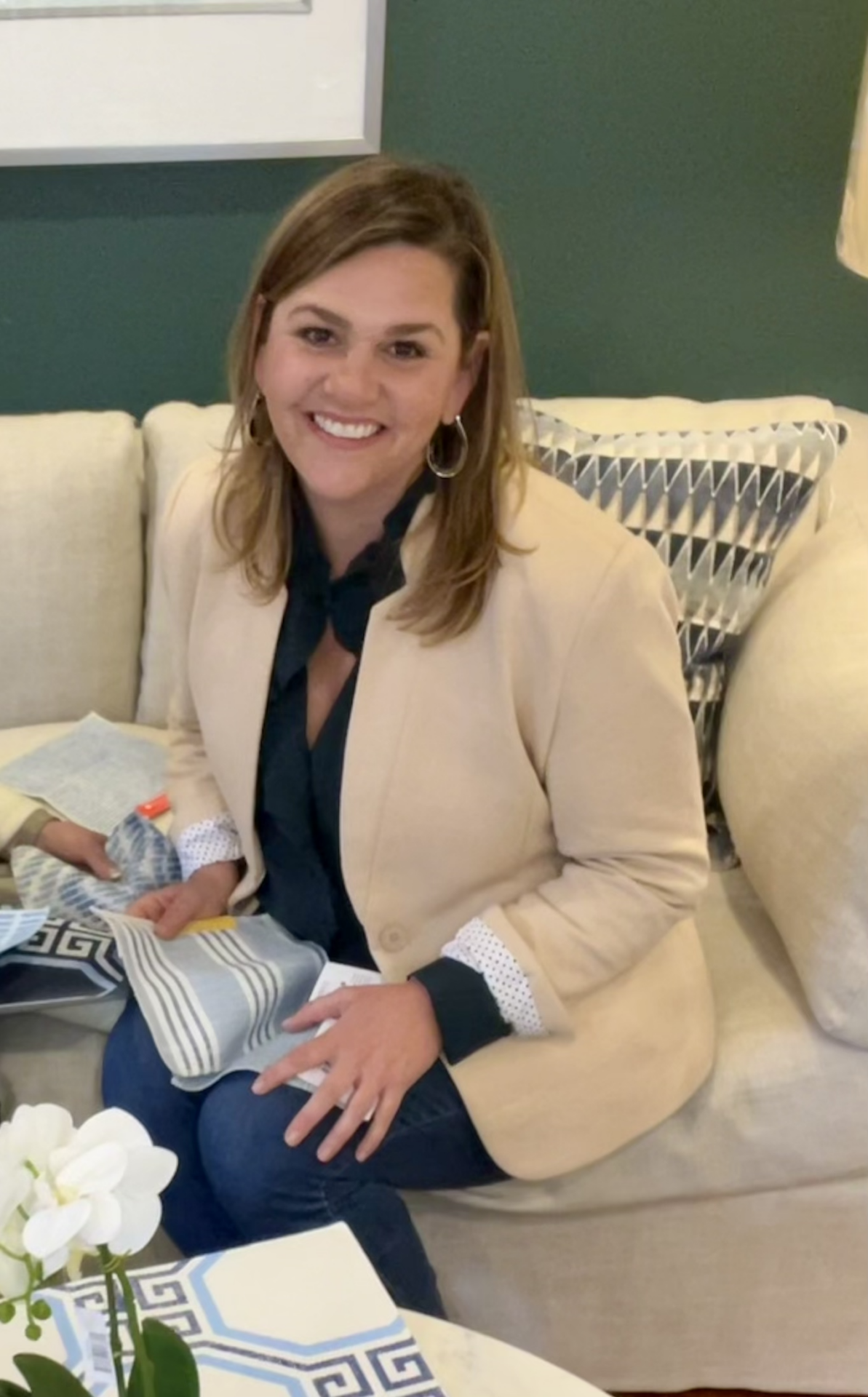There are LOTS of rugs out there. Lots. When we go to market, honestly we could spend our entire time looking at rugs and only just touched the tip of the iceberg. I know for interior design clients and customers it can be intimidating to understand all the ins and outs of what is what so I have come up with this guide to help give everyone an idea of what will work where. In the guide I will focus on each material and give: pros, cons, ideal locations, and cleaning and maintenance.
Wool Rugs
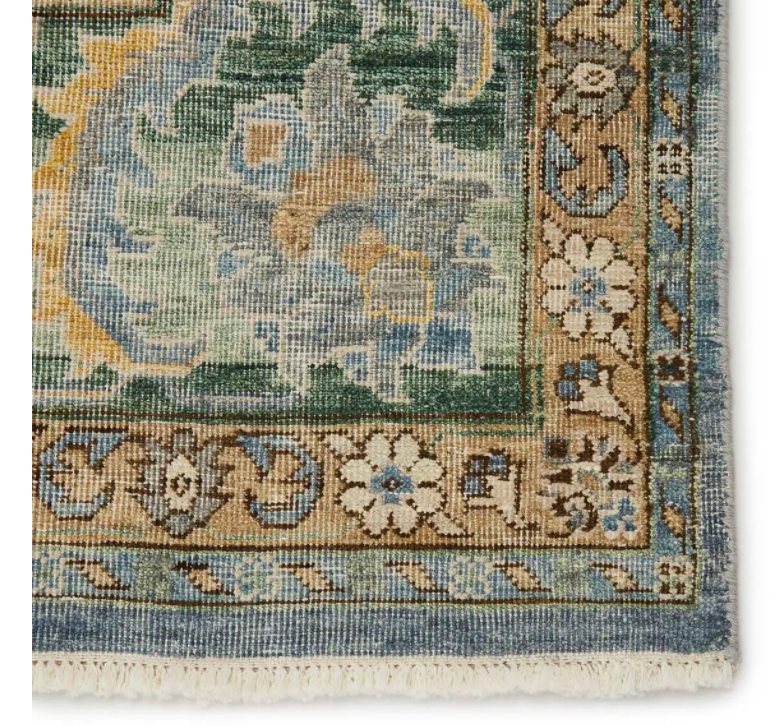
Wool is the industry standard for rug choice material. Imagine waking up, throwing your legs over the side of your bed and your feet hitting the floor and feeling like you are walking on your favorite sweater. That’s wool for you. A luxurious fiber that is durable and easy to clean. Why has this fiber been the golden standard for centuries you ask? Well, the fiber is crush resistant so time after time, stampede after stampede that little fiber will go back to its original shape. Sheep also produce an oil that keeps its fibers naturally dust free and repels water. So that means that your wool rug will do the same.
Pros:
- Soft, luxurious feel
- Crush resistant fiber (so 5 stars for high traffic areas)
- Natural
Cons:
- Most expensive fiber, so most expensive rug
- New wool rugs shed, the shedding eventually stops after 6 months or so
Ideal Locations:
- Wool rugs are great anywhere
Cleaning and Maintenance:
- Spot cleaning or professional cleaning.
- Easy to clean because of the strong fiber
- Don’t have to baby it when vacuuming (go ahead and use that beater bar!)
Polypropylene (also known as Olefin) Rugs
Polypropylene (also known as Olefin) is a synthetic fiber that is made from recycled plastic. Because it is a synthetic fiber, it is also incredibly durable. When we go around to the big players in rug production at market, you would be hard pressed to tell the difference between a really good polypropylene rug versus a wool rug. They are that close. However when they get that good, the price also goes way up (sometimes almost as much as wool rug!) So there are some key points to factor in when you are weighing out the pros and cons.
Pros:
- Typically inexpensive
- Fade resistant (many indoor/outdoor rugs are polypropylene)
- Highly durable
- Well fabricated polypropylene can feel very similar to wool
- Easy to clean
Cons:
- Attracts oil more than wool. This could be problematic for dog owners- especially dogs with oily coats (water dogs)
Ideal Locations:
- Because of its durable construction, polypropylene can go everywhere
Cleaning and Maintenance:
- Can pretty much handle any type of cleaning and or solution
- Does fine with a vacuum beater bar or rug attachment
Silk (Viscose) Rugs
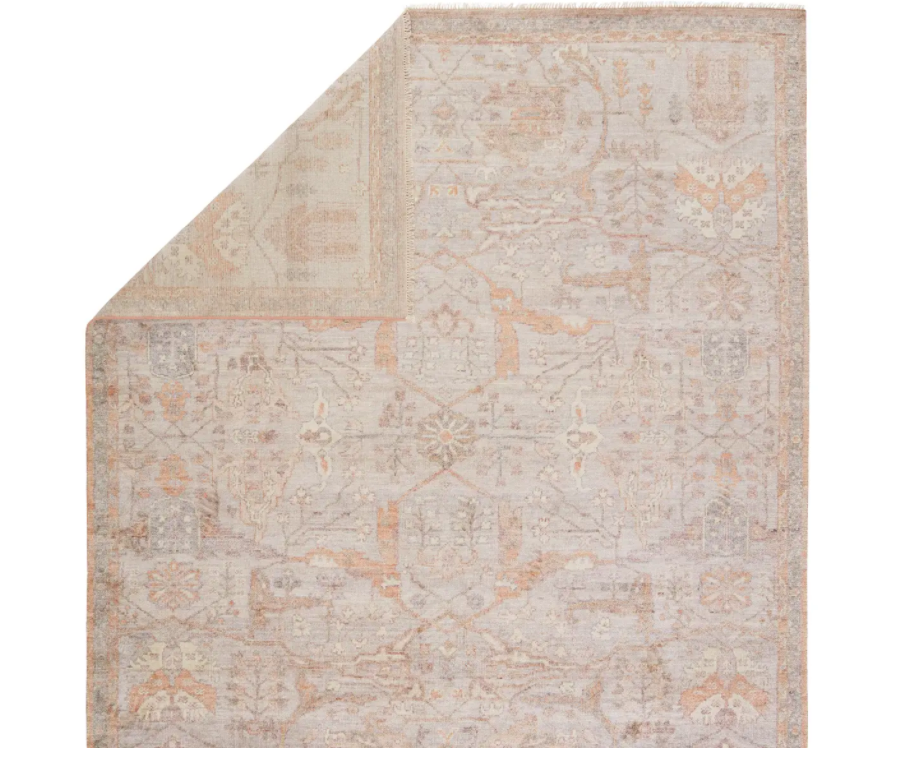
Silk rugs have been around for centuries, just as long as wool rugs. True silk is known for its strong fibers and its lustrous look and soft feel but can be extremely expensive to produce. Rug manufacturers figured out that they could make a man-made silk (viscose) that could offer clients the “same” look and feel of silk, but at a fraction of the cost. The problems with this man made fiber are numerous. The fiber itself is hollow so it does not stand up to foot traffic as well as silk. It is also extremely difficult to clean- the fiber itself HATES water so any cleaning solution will most likely damage the fiber.
Pros:
- Soft hand and luxurious feel
Cons:
- True silk is durable (fibers can be walked on 2,000 times before bending). Viscose is MUCH less durable (fibers bend after 70 times)
- Viscose stains incredibly easily
- Fibers fade easily
- New carpets shed
Ideal Locations:
- Low traffic areas with no chances of spills (and no pets)
Cleaning and Maintenance:
- Cleaning is extremely difficult. Any cleaning product should be spot tested before a larger application.
Natural Plant Fibers Rugs: Jute, Sisal, Seagrass
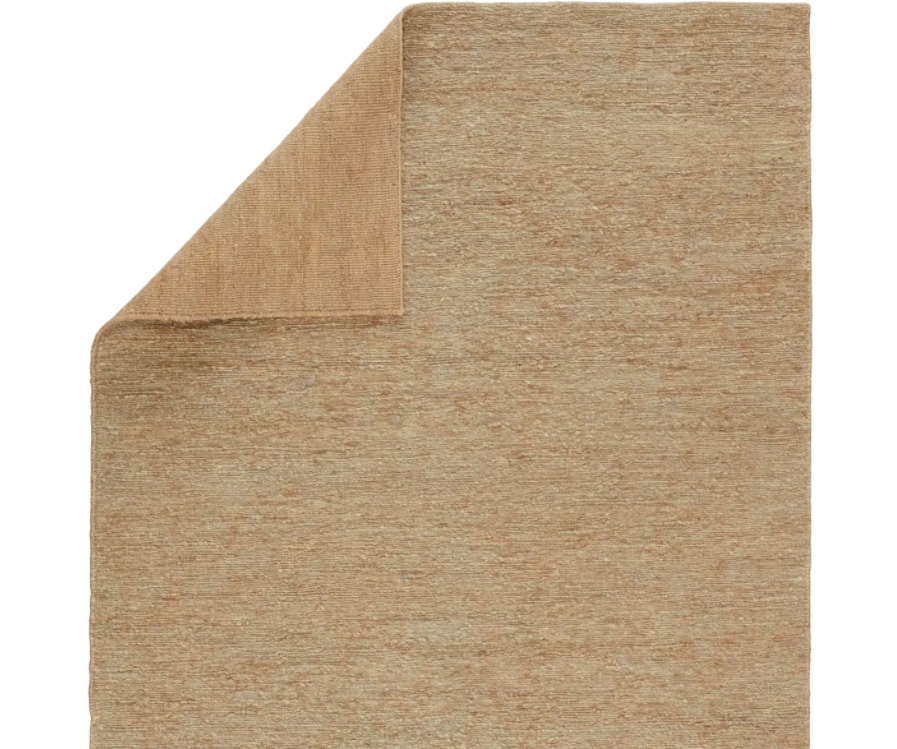
Natural fiber rugs are made from fibers extracted from plants. The big three are jute, sisal, and seagrass. All of these fibers offer neutral rugs at a relatively low price point and are durable. Although the three do differ somewhat in price, comfort, and care, that level of detail is for another blog post all together. For today’s post, they are all close enough that they can be grouped together.
Pros:
- Inexpensive
- Durable. You can’t beat the durability of this fiber at the cost.
Cons:
- Fibers can unravel- a vacuum with a strong suction (and no beater bar or rug attachment is a must for these rugs.)
- Sisal stains easily and is hard to clean. Whereas seagrass is stain resistant and can repel stains
Ideal Locations:
- High to medium traffic areas. They hold up OK with pets- but just be sure to choose a fiber whose durability matches the traffic area.
Cleaning and Maintenance:
- Cleaning can be tricky depending on which fiber you choose.
- No beater bar or rug attachments for this group. Invest in a high suction vacuum and vacuum from every direction to make sure the rug gets properly cleaned.

